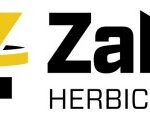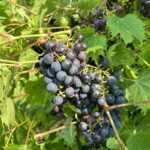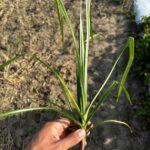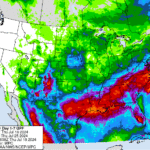In an IR-4 Industry Technology Session presentation on July 18, 2024, Dan Kunkel with AMVAC Corporation announced the release of Zalo® herbicide for use in pome and stone fruits. Zalo® is a premix of quizalofop and glufosinate. Quizalofop, a grass-selective herbicide, is the active ingredient in products such as Assure® II. Glufosinate, is a broad-spectrum[Read More…]
Articles from 2024
79 articles found.
Things are continuing to ripen up around Meigs. Apples and pears are coloring, some of the early grape varieties will be ready for harvest here in a week or so. Many watermelons are up to size and maturing. The first flush of primocane blackberries will be ripening over the next week. Yellow plums are ripe[Read More…]
A population of spotted lanternfly (Lycorma delicatula) was first identified in Indiana in July 2021 in Switzerland County. Since then, populations have been found in Huntington, Elkhart, St. Joseph, Delkab, Porter, Allen and Noble counties. Many of these newly found sightings have been on tree of heaven (it’s preferred host) along rail lines, and it[Read More…]
Common names: Yellow nutsedge, yellow nutgrass, nut sedge, chufa, earth almond, northern nutgrass Latin names: Cyperus esculentus L. Family: Cyperaceae (Sedge family) General Description Perennial sedges are among the most troublesome weed species globally. Because nutsedges look like grasses (Figure 1), they are often referred to as “nutgrasses”. They can be differentiated from grasses by[Read More…]
Time is running out to register for the annual Purdue Small Farm Education field day! July 25, 2024, at the Purdue Student Farm, West Lafayette, IN. The deadline to register is July 22nd at 12:00 p.m. ET. Register here: Purdue Small Farm Education Field Day The program is now available. Download HERE. SF2024_FIeldDay_Demo_Schedule SF2024_FIeldDay_Demo_Descriptions Contact Lori Jolly-Brown or Petrus[Read More…]
Since the start of July, most of Indiana has received at least 2 inches with up to 8 inches of precipitation (Figure 1). Except for southeastern and east-central Indiana, this precipitation has been well above normal (Figure 2). As a result, most locations have seen an improvement in the U.S. Drought Monitor (Figure 3). There[Read More…]






